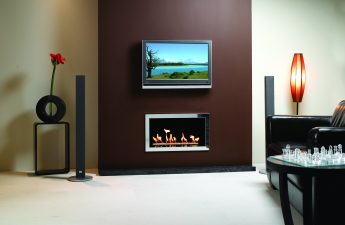Any work done by hands is alwaysunusual and interesting. The result invariably makes the master proud and the viewers delighted. Recently, many have begun to use three-dimensional paintings made of putty on the walls when decorating their interiors. It will not be difficult for a creative person to do this work on their own. This will require free time, simple tools and a great desire.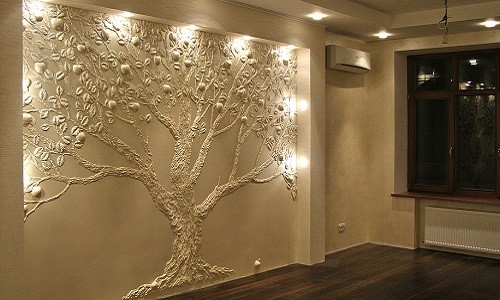 Relief painting on the wall
Relief painting on the wall
A few words about future work
Decorating walls is a labor-intensive process,requiring accuracy and attention. However, the unique decor that will be the result of the work is worth the time spent on it. The work can be done using different techniques and tools. The choice depends on what pattern will be depicted, what is its volume and what materials are used.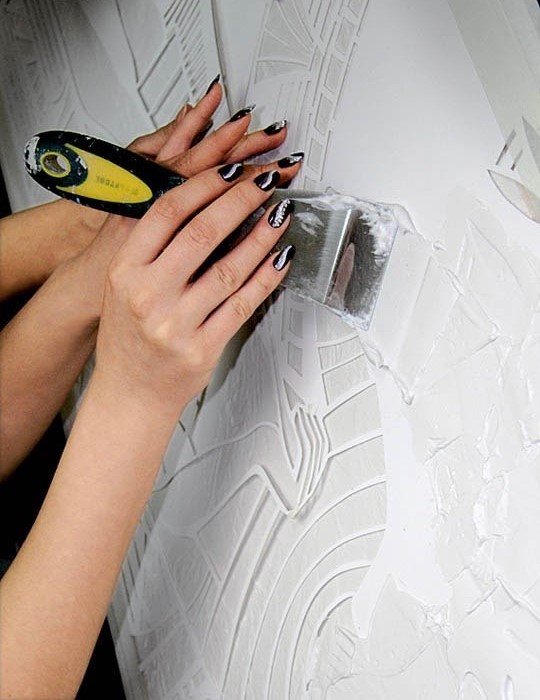 Figure 1.Use a spatula to apply putty to the outlines of the drawing. A novice craftsman should not undertake the creation of a complex picture. It is better to opt for a simple drawing, the details of which can be done not only with a spatula, but also with just your hands. With this method, it will be easier to master the technique of creating a three-dimensional drawing from putty, because you can make a variety of figures and shapes on the wall with your hands. In addition to your hands, you will need the following for the work:
Figure 1.Use a spatula to apply putty to the outlines of the drawing. A novice craftsman should not undertake the creation of a complex picture. It is better to opt for a simple drawing, the details of which can be done not only with a spatula, but also with just your hands. With this method, it will be easier to master the technique of creating a three-dimensional drawing from putty, because you can make a variety of figures and shapes on the wall with your hands. In addition to your hands, you will need the following for the work:
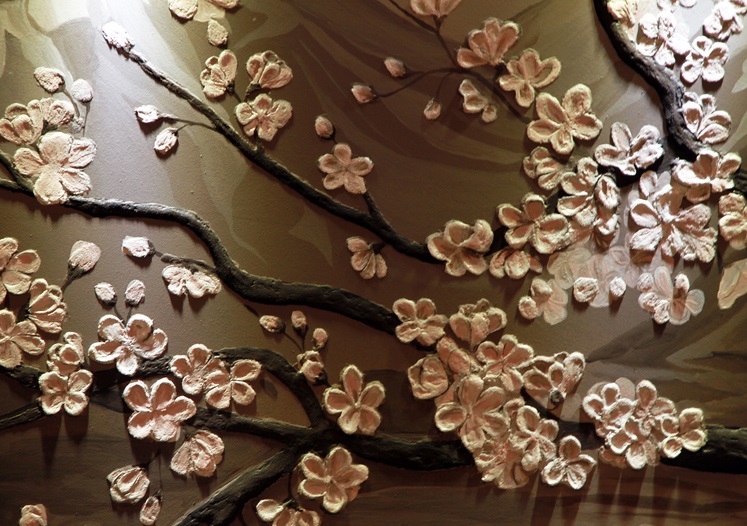 Figure 2.Paint is applied to the finished drawing only after it has completely dried. Quite often, the work is performed with two spatulas. One is used to apply the solution to the walls, and the second to lay the putty on the main tool and collect the smeared residues. It is better to choose a putty that does not harden quickly. In case of flaws or inaccuracies that arise during work, there will be enough time to correct them. You can choose a ready-made solution or use a dry mixture. It is better for a home craftsman to use dry mixtures. This choice has several advantages. In case of stopping work for some time, the dry mixture can be stored for a long time and not lose its properties. If necessary, a small amount of putty can be mixed and used immediately. As for the choice of primer, for rooms with high humidity (kitchens, bathrooms), you need to choose a solution that can protect against mold. Putty for such rooms should also be chosen accordingly. Return to contents</a>
Figure 2.Paint is applied to the finished drawing only after it has completely dried. Quite often, the work is performed with two spatulas. One is used to apply the solution to the walls, and the second to lay the putty on the main tool and collect the smeared residues. It is better to choose a putty that does not harden quickly. In case of flaws or inaccuracies that arise during work, there will be enough time to correct them. You can choose a ready-made solution or use a dry mixture. It is better for a home craftsman to use dry mixtures. This choice has several advantages. In case of stopping work for some time, the dry mixture can be stored for a long time and not lose its properties. If necessary, a small amount of putty can be mixed and used immediately. As for the choice of primer, for rooms with high humidity (kitchens, bathrooms), you need to choose a solution that can protect against mold. Putty for such rooms should also be chosen accordingly. Return to contents</a>
Substrate preparation
 The effect of aging a painting can be achieved bywith the help of craquelure. Before starting the creative process, you need to prepare the surface on which you plan to place the future picture. The wall should be smooth, plastered and treated with a primer. Putty can be applied only after the primer has completely dried. For the future drawing, you need to prepare the base, that is, apply a layer of putty to the wall. If a dry mixture was chosen, then first prepare the solution. It is better to choose a small container for this. Its width should not interfere with the free passage of the spatula. Putty powder is poured into the container and water is added to it in small portions. The solution is thoroughly mixed.
The effect of aging a painting can be achieved bywith the help of craquelure. Before starting the creative process, you need to prepare the surface on which you plan to place the future picture. The wall should be smooth, plastered and treated with a primer. Putty can be applied only after the primer has completely dried. For the future drawing, you need to prepare the base, that is, apply a layer of putty to the wall. If a dry mixture was chosen, then first prepare the solution. It is better to choose a small container for this. Its width should not interfere with the free passage of the spatula. Putty powder is poured into the container and water is added to it in small portions. The solution is thoroughly mixed.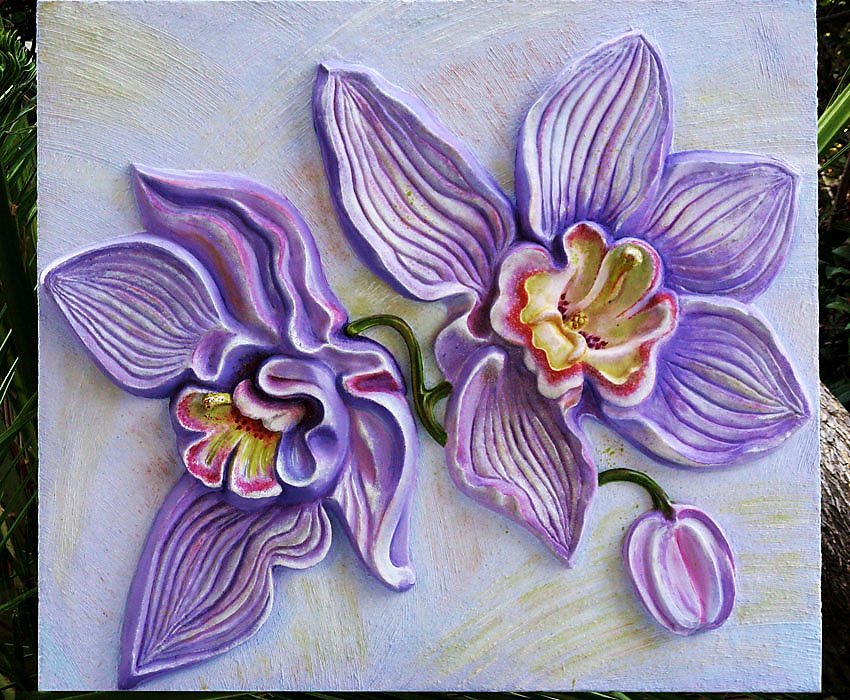 Figure 3.The details of the pattern are drawn with a special felt-tip pen. The result is a dough-like homogeneous mixture. It should be thick enough so that it does not drip off the tools during work. Using a wide spatula, the solution is applied to the wall. For convenience, it is better to use two tools. The thickness of the putty layer should not exceed 1-1.5 mm. The sketch of the drawing can be applied to the wall only after it has dried. This can be a stem with leaves, small flowers, butterflies, a simple ornament. Those who can draw can depict a more complex drawing. However, a novice craftsman should not choose an image with a large number of details, so as not to encounter difficulties when applying the putty. You can apply a sketch of the drawing with a pencil or transfer the finished image using carbon paper. Return to the table of contents</a>
Figure 3.The details of the pattern are drawn with a special felt-tip pen. The result is a dough-like homogeneous mixture. It should be thick enough so that it does not drip off the tools during work. Using a wide spatula, the solution is applied to the wall. For convenience, it is better to use two tools. The thickness of the putty layer should not exceed 1-1.5 mm. The sketch of the drawing can be applied to the wall only after it has dried. This can be a stem with leaves, small flowers, butterflies, a simple ornament. Those who can draw can depict a more complex drawing. However, a novice craftsman should not choose an image with a large number of details, so as not to encounter difficulties when applying the putty. You can apply a sketch of the drawing with a pencil or transfer the finished image using carbon paper. Return to the table of contents</a>
Drawing a picture
Before you start drawing on the wall, it is betterpractice on a piece of thick paper or cardboard. When your hands remember all the movements, you can move on to reproducing the final version on the wall.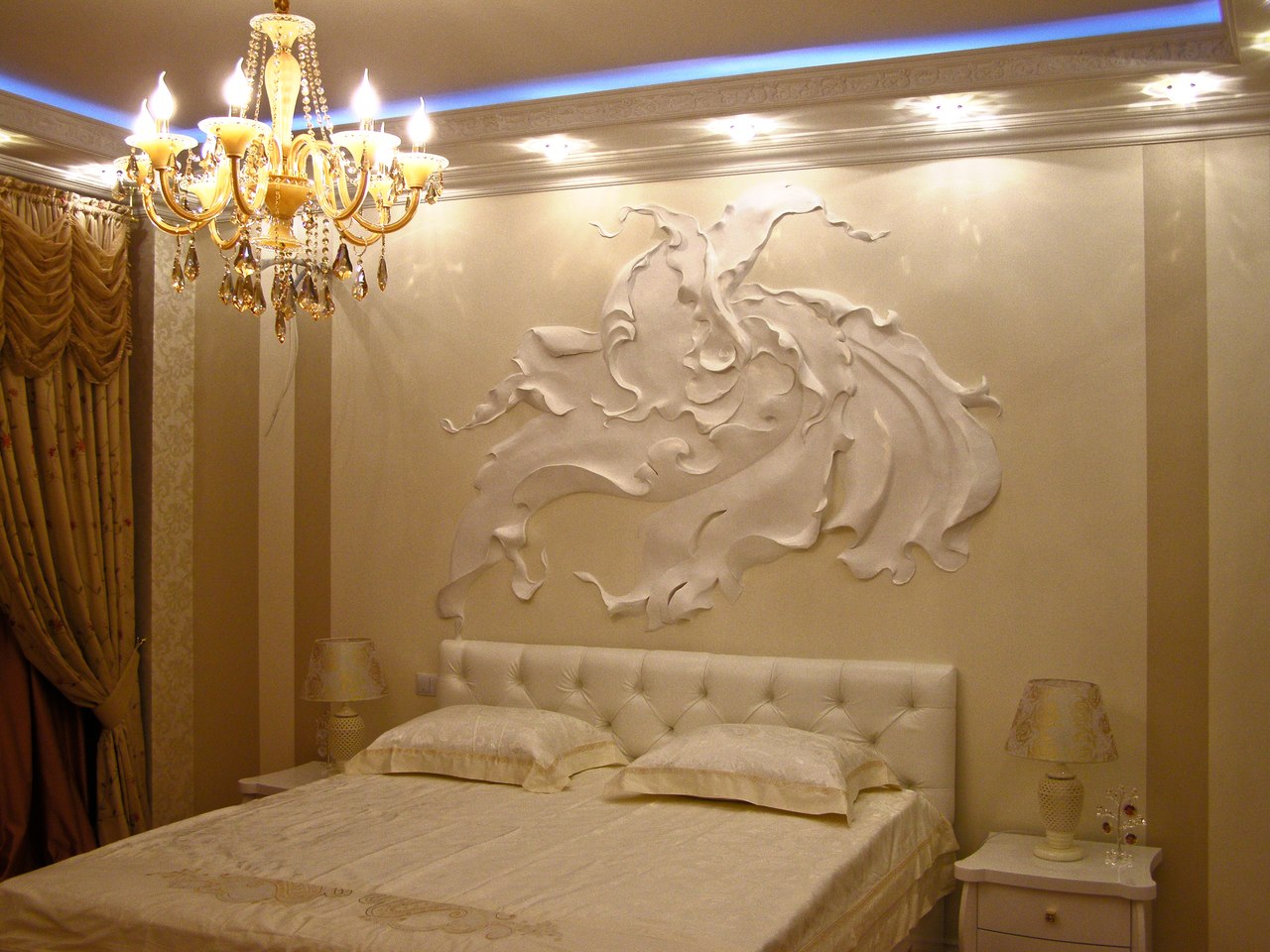 To create smooth lines and a smooth finishsurface, use fine sandpaper. If you plan to depict a stem with small flowers, then there are two ways to do this. In the first case, the spatula is located next to the line indicating the pattern. Then it should be smoothly moved along it, applying the outline of the pattern. The tool should be held at an angle to the wall so that the solution can flow from it along the pencil line, forming a small roller (1). All excess solution that appears on the other side is removed with a second tool. The finished stem should be allowed to dry (2). All other details of the pattern are applied in a similar way. A pattern made of putty can be applied in another way, by pumping the putty towards the pencil lines. The spatula with the solution is parallel to the lines, and the movements are directed perpendicular to them, as if applying putty in small strokes. The excess should be removed to the second tool. It can also be used to form the stem. To do this, it must be moved along the pencil lines. This method is also suitable for forming petals. After the painting has completely dried, it can be painted. Return to Contents</a>
To create smooth lines and a smooth finishsurface, use fine sandpaper. If you plan to depict a stem with small flowers, then there are two ways to do this. In the first case, the spatula is located next to the line indicating the pattern. Then it should be smoothly moved along it, applying the outline of the pattern. The tool should be held at an angle to the wall so that the solution can flow from it along the pencil line, forming a small roller (1). All excess solution that appears on the other side is removed with a second tool. The finished stem should be allowed to dry (2). All other details of the pattern are applied in a similar way. A pattern made of putty can be applied in another way, by pumping the putty towards the pencil lines. The spatula with the solution is parallel to the lines, and the movements are directed perpendicular to them, as if applying putty in small strokes. The excess should be removed to the second tool. It can also be used to form the stem. To do this, it must be moved along the pencil lines. This method is also suitable for forming petals. After the painting has completely dried, it can be painted. Return to Contents</a>
Other ways to decorate the walls
You can decorate the walls of your home with putty pictures in other ways. For example, draw a picture with a syringe. This method is good because you can accurately repeat the contours of the chosen picture. To draw small details you canuse a syringe without a needle. First, prepare the syringe: remove the needle, pull out the piston. The putty for this method should have a more liquid consistency than when working with a spatula. Fill the syringe cavity with the solution, and insert the piston into place. Carefully squeeze out the mixture with the piston, and move the syringe along the sketch line. First, apply the main lines of the drawing, and then draw the details. The finished picture should dry completely. Then apply the background. To do this, dilute water-based paint and apply it to the picture with a soft sponge. The background color can be any. After it dries completely, you can start drawing small details. It is better to do this with small brushes. You can make a three-dimensional drawing on the wall using a stencil. You can buy it ready-made or make it yourself. To do this, transfer the selected drawing to a sheet of thick cardboard and cut out the stencil. Attach it to the wall with masking tape. Using a spatula, carefully fill the slits with putty. For working with stencils, it is better to choose a gypsum mixture.
To draw small details you canuse a syringe without a needle. First, prepare the syringe: remove the needle, pull out the piston. The putty for this method should have a more liquid consistency than when working with a spatula. Fill the syringe cavity with the solution, and insert the piston into place. Carefully squeeze out the mixture with the piston, and move the syringe along the sketch line. First, apply the main lines of the drawing, and then draw the details. The finished picture should dry completely. Then apply the background. To do this, dilute water-based paint and apply it to the picture with a soft sponge. The background color can be any. After it dries completely, you can start drawing small details. It is better to do this with small brushes. You can make a three-dimensional drawing on the wall using a stencil. You can buy it ready-made or make it yourself. To do this, transfer the selected drawing to a sheet of thick cardboard and cut out the stencil. Attach it to the wall with masking tape. Using a spatula, carefully fill the slits with putty. For working with stencils, it is better to choose a gypsum mixture. A simple drawing can be applied to the wallusing a stencil, which you can buy in a store or make yourself. When the putty begins to dry, but has not yet become hard, you can carefully remove the stencil. Use a small spatula or other suitable tool to fill the voids in the pattern. Then spray the relief with water and use a small brush to model it, leveling the lines. When the pattern is completely dry, its surface is processed with sandpaper and a scraper to remove all irregularities and drips. To give the surface of the drawing strength, it should be treated with a varnish-primer. After this, the entire wall and the pattern are covered with two layers of acrylic paint. Then the pattern is drawn with a special oil marker or a thin brush (3). The wall can be decorated with a very special relief. Its essence comes down to creating three-dimensional contours of the pattern on a flat surface. To implement this idea, you need to make a depression on the wall. Then its surface is plastered flush with the rest of the plane. The pattern is made immediately. Recesses are cut along its contour. A three-dimensional picture will make any wall a decoration for the whole house. An excellent result and the delight of others will be compensation for the time spent.
A simple drawing can be applied to the wallusing a stencil, which you can buy in a store or make yourself. When the putty begins to dry, but has not yet become hard, you can carefully remove the stencil. Use a small spatula or other suitable tool to fill the voids in the pattern. Then spray the relief with water and use a small brush to model it, leveling the lines. When the pattern is completely dry, its surface is processed with sandpaper and a scraper to remove all irregularities and drips. To give the surface of the drawing strength, it should be treated with a varnish-primer. After this, the entire wall and the pattern are covered with two layers of acrylic paint. Then the pattern is drawn with a special oil marker or a thin brush (3). The wall can be decorated with a very special relief. Its essence comes down to creating three-dimensional contours of the pattern on a flat surface. To implement this idea, you need to make a depression on the wall. Then its surface is plastered flush with the rest of the plane. The pattern is made immediately. Recesses are cut along its contour. A three-dimensional picture will make any wall a decoration for the whole house. An excellent result and the delight of others will be compensation for the time spent.


